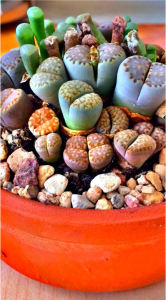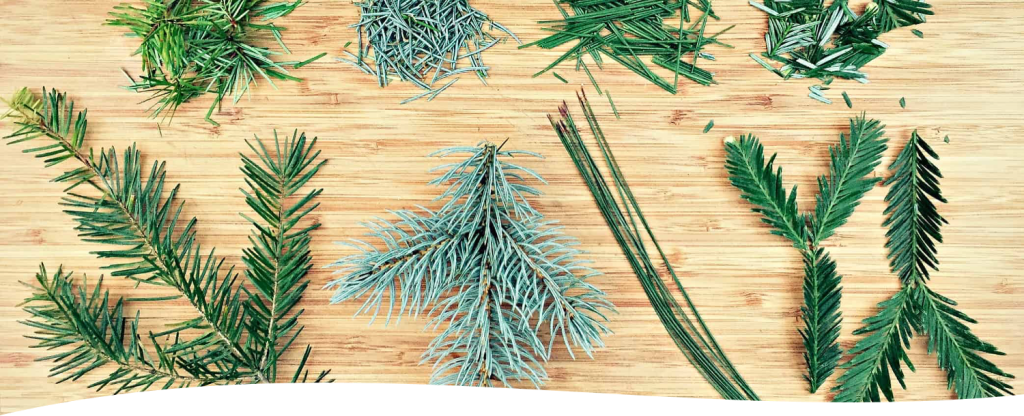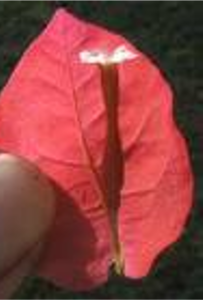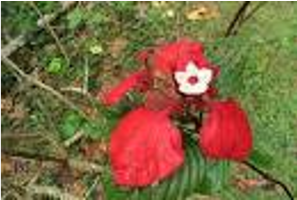38 Modified Leaves
YES!! Leaves modify themselves as well!
Whole leaves or parts of leaves are often modified for special functions, such as for climbing and substrate attachment, storage, protection against predation or climatic conditions, or trapping and digesting insect prey.
Examples of leaf modifications

Spines are modified leaves. In cacti, spines are wholly transformed leaves that protect the plant from herbivores, radiate heat from the stem during the day, and collect and drip condensed water vapour during the cooler night.
Many desert plants, such as stoneplants (Lithops; Aizoaceae) and aloe develop succulent leaves for waterstorage.
 Needle like leaf modifications are seen in coniferous plants like pines, firs, and spruce.
Needle like leaf modifications are seen in coniferous plants like pines, firs, and spruce.The leaves or needles of these trees are kept all year long. If the leaves of these trees were broad they would dry out in the winter when the soil freezes.
Through the process of evolution, the size of the leaves were reduced so that the trees could manufacture food even in winter without losing much water.
Here in the NT we have very few conifers: Callitris intratropica (Northern Cypress Pine, Podocarpus elatus (Brown Plum Pine)
Leaves or leaf parts may be modified to provide support. Tendrils and hooks are the most common of these modifications.
Many liliopsida plants have sheathing leaf bases that are concentrically arranged and form a pseudotrunk, as in banana (Musa). In many epiphytic bromeliads, the pseudotrunk also functions as a water reservoir.

Insectivorous (carnivorous) plants use their leaves to attract and trap insects. Glands in the leaves secrete enzymes that digest the captured insects, and the leaves then absorb the nitrogenous compounds (amino acids) and other products of digestion. Plants that use insects as a nitrogen source tend to grow in nitrogen-deficient soils.


Modified leaves present themselves in many plants as Bracts.
Bracts are considered to be floral leaves and you will find them on common plants such as Poinsettias, Mussaendas and Bougainvilleas.
Most flowering plants which have bracts have relatively inconspicuous, small, pale, insignificant flowers.
These bracts surround the true flowers, and their purpose is to attract pollinators.

